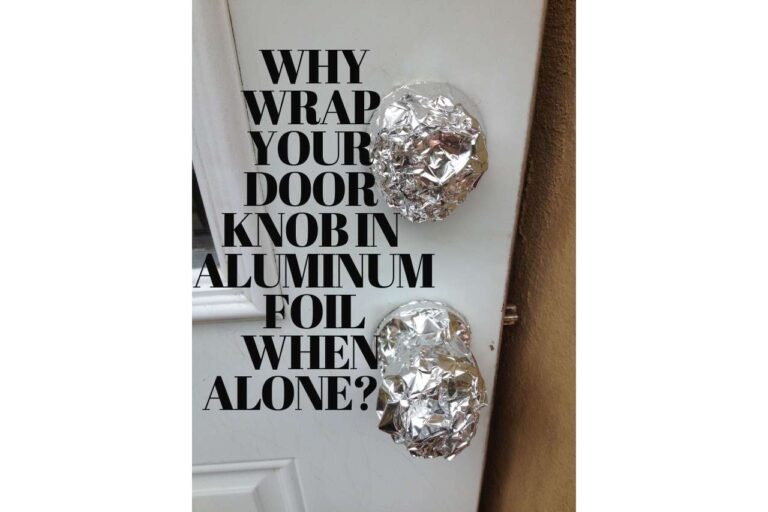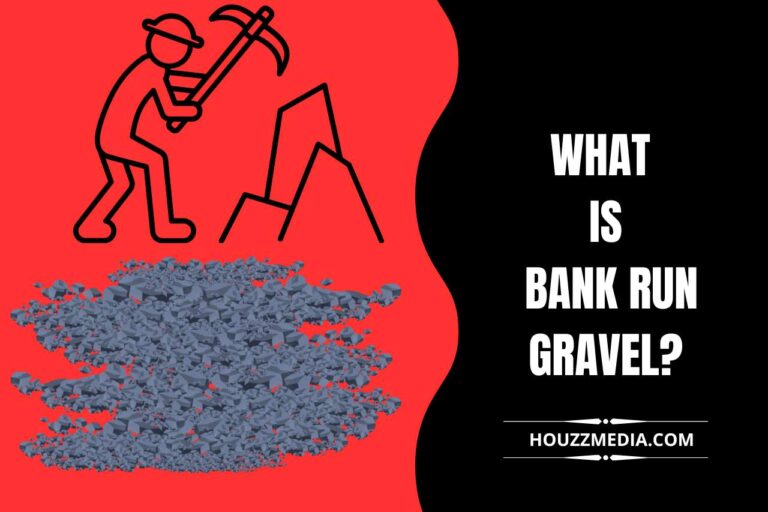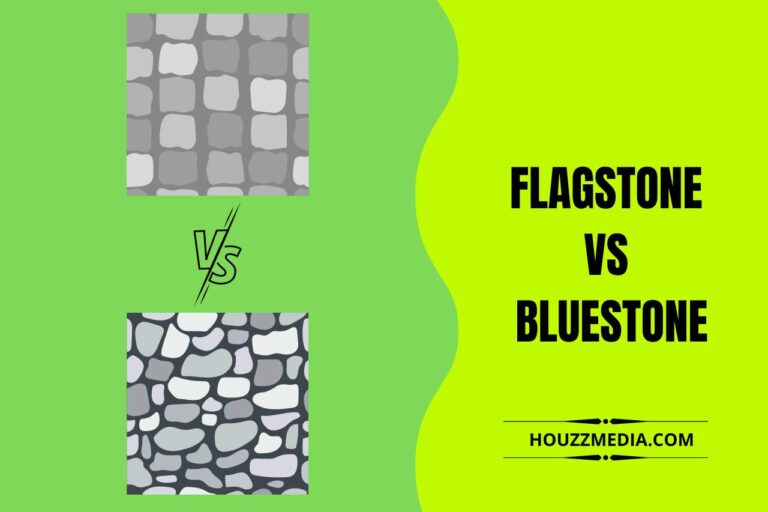What Does Wash Separately Mean? – Complete Guide
Be it your favorite pair of pants or that cute t-shirt you bought from the store, they all have a tag coming along with them. Ever been confused by any? What does wash separately mean? That’s an actual query right there.
Well, rest easy. We will guide you through everything you’re reserved about. Stick around.
The tags on clothes come with different phrases such as “Do not wash”, “only hand wash”, “hang to dry”, and many more. One such phrase in the tags is also “wash separately”.
People wonder why to wash separately when it literally is fabric, just as any other clothing. We’ll tell you why as we dive in.
Why do Tags Come in With Clothes?
Tags in clothes can sometimes end up annoying. But what are they doing in the cloth? Got any purpose?
Well, it does. Clothing tags are comprised of laundry symbols and instructions if there are any. These instructions can potentially save you from any laundry malfunctions and mishaps.
Imagine you bought a 200$ top from a clothing store and did not really concentrate on the laundry signs. Suppose there was an instruction in the tag “only hand wash”. But you machine-washed. Know what may happen? The 200$ top can become shrunk and damaged. Now you know why these tags can be crucial.
Shrugging off them will only do harm to you and your clothes. The tags come with the laundry instructions (of course, which can be pretty confusing sometimes) to protect your clothing and make it durable.
There are many such phrases and signs on those tags. We will discuss what “wash separately” signs are all about in this article, as it is found commonly on many clothing these days.
What does Wash Separately Mean?
To be straightforward, it is what it is! You are instructed to wash it separately without washing it with other clothes.
But why? That’s the actual confusion.
Clothes are made of different kinds of fabric. Visualize your closet. Each piece of cloth is made of different fabrics, and each one is different from the others. Since they are different in appearance and feel, they are also different in their characteristics.
Some fabrics are prone to shrink with washing, some elongate with usage and some bleed with color. So you shouldn’t treat all fabrics the same way when maintaining them.
Suppose an item of clothing contains the tag “wash separately”. In that case, the fabric will color-bleed when subjected to water. So it must be washed alone without associating with other clothes. If you fail to do so, it could lead to a laundry mishap by staining the associated clothes with the bled color. Do we want to get a pile of our favorite clothes marred? No, we do not. We should be cautious of the “wash separately” instruction on the cloth tags.
Why do Clothes Color Bleed?
So this is the next question that pops up in your head, right?
Let me explain. There could be many reasons for color bleeding in clothes. But they are all related to some point in the fabric’s coloring procedure or in the dye’s selection process.
Fabrics that are naturally soft and delicate are vulnerable to color bleeding. The color can get off from the fabric pores and wash away with water particles when it becomes wet. Suppose other clothes are let to be in contact. In that case, the discharged dye can penetrate other fabrics and settle between their fibers resulting in stains.
How to Wash Clothes with a “Wash Separately” Sign?
Better laundry management is significant to avoid laundry mishaps and preserve your clothes for the longest possible duration. If clothes are handled with no care when doing the laundry, they can become frail sooner than they initially would.
Let us see how you can wash a piece of fabric with a “wash separately” sign for better results with no malfunctions in the laundry.
-
Store Dirty Laundry by Color or Fabric
The two main factors that cause color bleeding is the type of fabric and the fabric’s dye.
You can prevent any accidents from happening by storing and washing them separately.
Store clothes by color. If you have three color bleeding red tops, you can wash them together with non-color bleeding red tops. However, if the intensity of the red color is far more different from each other, better wash them individually. However, after washing clothes with a “wash separately” sign about two to three times, the bleeding intensity will start to drop.
It wouldn’t bleed as much as it did in the beginning. In such instances, it wouldn’t be an issue to wash it together with other clothes of the same color. But note that it will not stop bleeding the color. The intensity lowers gradually but will not go to zero.
You can also store and wash the clothes by the type of fabric. This can also help prevent many laundry accidents, including color merging.
-
Hand Wash
Wash fabrics that are prone to color bleeding by hands. Washing in the machine can be hard on the fabric and exert more pressure on the fibers. This can lead to more bleeding (the dye).
Therefore always wash such fabrics with your hands. This will be better for your fabric as well as your other clothes.
-
Use Cold Water
The temperature of the water is yet another factor to be considered when washing fabrics that will color bleed.
Using hot water is a big NO. Because when soaked in hot water, it can loosen the fibers in the fabric and will trigger more color bleeding. More dye will get washed away. The fabric will soon fade and become unsuitable for usage soon in this way.
Instead, use cold water, this will not affect the fibers in the fabric, and the intensity of color bleeding can potentially reduce compared to that of hot water.
Takeaway
Cloths tagged “wash separately” should be washed solo as they can bleed color and stain other cloths when washed together.
You May Also Like






